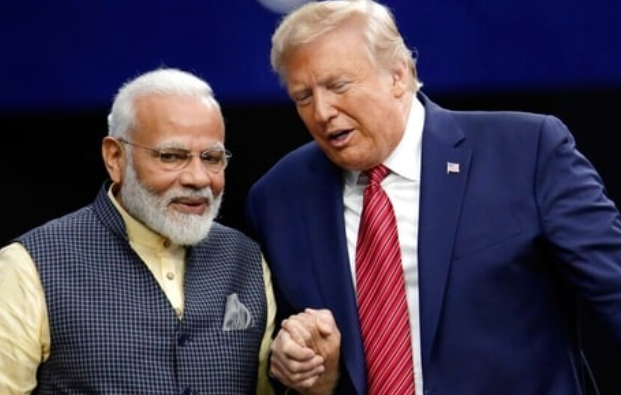
In a move that has sparked debate over Washington’s trade strategy, U.S. President Donald Trump has announced an additional 90-day extension of tariff relief for China, even as he maintains some of the heaviest duties on India. The decision comes amid ongoing high-stakes trade negotiations between the world’s two largest economies.
Donald Trump had promised before taking office that he would bring back America’s money from around the world. Once in power, he made sweeping announcements on tariffs, targeting Canada, Mexico, and especially China, with rates jumping from 35% to as high as 135% at certain points. Yet, despite branding China as America’s biggest rival, Trump’s administration has repeatedly delayed the imposition of the harshest tariffs on Beijing.
This latest extension means that the 35% tariffs previously announced on Chinese imports will continue to be deferred. The White House confirmed the move, with Trump himself posting on social media that the relief was being extended to allow more time for negotiations.
The irony, critics say, lies in the fact that while China — a major competitor and the largest buyer of Russian oil after India — enjoys repeated extensions, India has been hit with a total 50% tariff. This includes a 25% standard duty and an additional 25% penalty for continuing to buy Russian oil. Trump, who has often described Indian Prime Minister Narendra Modi as a “close friend,” appears to be taking a much harder stance on New Delhi than on Beijing.
Trade talks between the U.S. and China have been underway for months, covering sensitive issues such as rare earth minerals, semiconductors, and supply chain security. Rare earth magnets and minerals are critical for advanced manufacturing, and China dominates their global supply. Washington learned a hard lesson when China restricted these exports and even disrupted indirect supply through third countries, threatening U.S. manufacturing industries.
In May, during talks in Geneva, both sides agreed to suspend most tariffs for 90 days, reducing U.S. duties on Chinese goods to 30% and Chinese duties on American goods to 10%. A follow-up meeting in Stockholm last month hinted that the tariff deadline could be extended — and now it has been, just before the previous 90-day deal was set to expire on August 12.
The White House fears that without the extension, tariffs on Chinese imports would revert to their highest levels set earlier in April. Meanwhile, the two nations are also negotiating over semiconductors and chips. The U.S. has recently threatened a 100% tariff on these products, which would hit China directly, making this another sensitive point in the ongoing discussions.
Analysts note that Trump’s softer approach towards China is rooted in economic interdependence — the U.S. economy still heavily relies on Chinese manufacturing and supply chains. Imposing the toughest tariffs risks retaliation that could hurt American industries.
By contrast, India finds itself under pressure over its oil trade with Russia. Washington has been using trade measures as leverage, repeatedly warning New Delhi to reduce its Russian imports. Trump has indicated that the decision on whether to maintain or remove the additional 25% tariff on India could be influenced by his upcoming talks with Russian President Vladimir Putin.
For now, the “good news” is for China, which has secured yet another reprieve in the ongoing trade war. India, however, continues to face the full weight of U.S. tariffs as Washington seeks to balance its geopolitical and economic priorities.
Disclaimer:
This article is based on publicly available information, official statements, and media reports. It is intended for informational purposes only and does not constitute financial, investment, or political advice. Readers are advised to verify facts independently before drawing conclusions.




